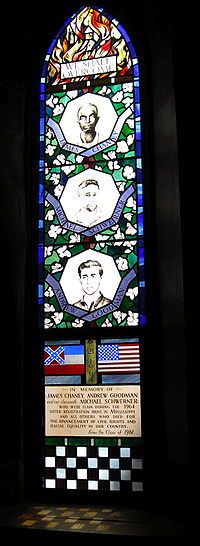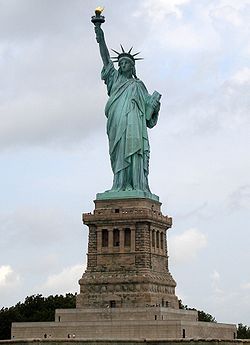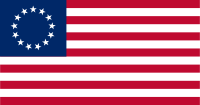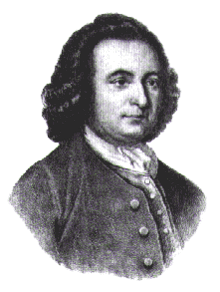Cross posted from The Stars Hollow Gazette
This is your morning Open Thread. Pour your favorite beverage and review the past and comment on the future.
Find the past “On This Day in History” here.
Click on images to enlarge.
June 23 is the 174th day of the year (175th in leap years) in the Gregorian calendar. There are 191 days remaining until the end of the year.
On this day in 1967, President Lyndon B. Johnson meets with Soviet Premier Aleksei Kosygin. Hopes for better U.S.-Soviet relations run high as U.S. President Lyndon B. Johnson meets with Soviet Premier Aleksei Kosygin in Glassboro, New Jersey, for a three-day summit. The meeting ended inconclusively, however, as issues such as Vietnam and the Middle East continued to divide the two superpowers.
With the United States gradually losing ground in the Vietnam War, the administration was looking for other solutions to the conflict.
On 5 June 1967 the Six-Day War began between Israel and the Arab states. The war led to an increase in Soviet-US diplomatic contact and cooperation; there were some who hoped this could continue to help the US solve the Vietnam war and other pressing international issues. Several days later the Soviet Union sent Premier Alexei Kosygin to New York to hold a speech on the then-ongoing Middle Eastern crisis at the United Nations headquarters. When the United States government was informed of this the Americans gladly welcomed Kosygin to a meeting between him and President Lyndon B. Johnson. On 13 June 1967 Johnson sought out J. William Fulbright, a Senator, at a White House reception. Llewellyn Thompson, then US ambassador to the USSR, believed that a conference could “start the process of moving toward an understanding with the Soviets”. Fulbright even believed that Johnson was reconsidering his Vietnam strategy. Later Fulbright wrote two letters to Johnson about the importance of a summit between the two nations. Johnson agreed, and wrote a letter in return, which said they were waiting for a Soviet response for US invitation. Walt Rostow, the National Security Adviser at the time, said it was a 20 percent chance of the summit having a good effect on Soviet-US relations, and only a 10 percent chance of the summit going awry.
The Soviet Political Bureau (Politburo) were divided over the usefulness of the summit. Andrei Gromyko, the Minister of Foreign Affairs at the time and still not a member of the Politburo, was able to win support for it. Gromyko noted that Soviet-US dialogue which had been suspended in 1963 should be reactivated, despite the Vietnam War putting a great deal strain on the two countries’ relations.
Kosygin agreed to address the United Nations wished to conduct the summit in New York. Johnson, wary of encountering protesters against the war in Vietnam, preferred to meet in Washington, D.C.. Roughly equidistant, Hollybush was selected as a compromise. The summit took place at Glassboro State College (now Rowan University) in Glassboro, New Jersey.


 On this day in 1944,
On this day in 1944, 





 On this day in 1933,
On this day in 1933, 


